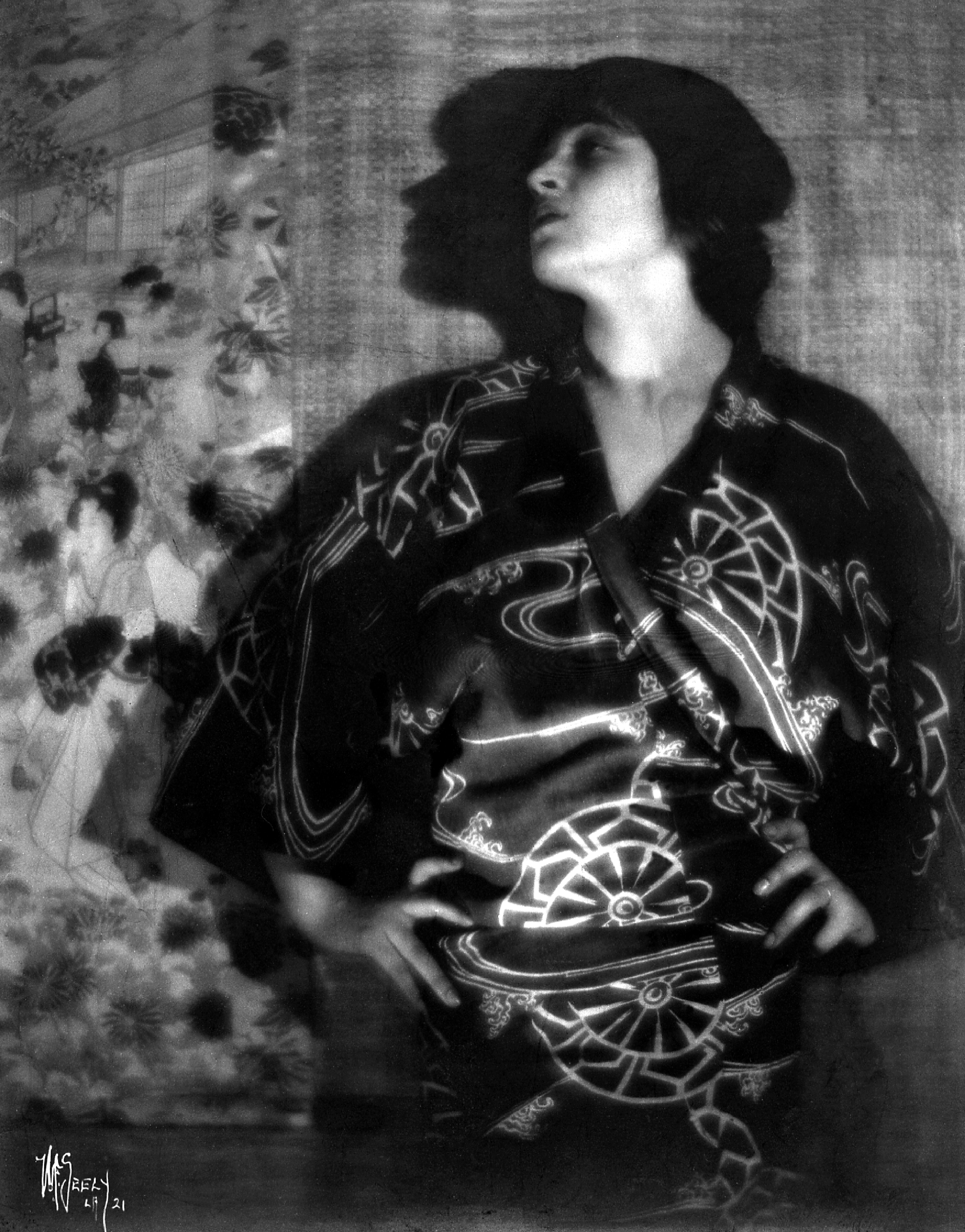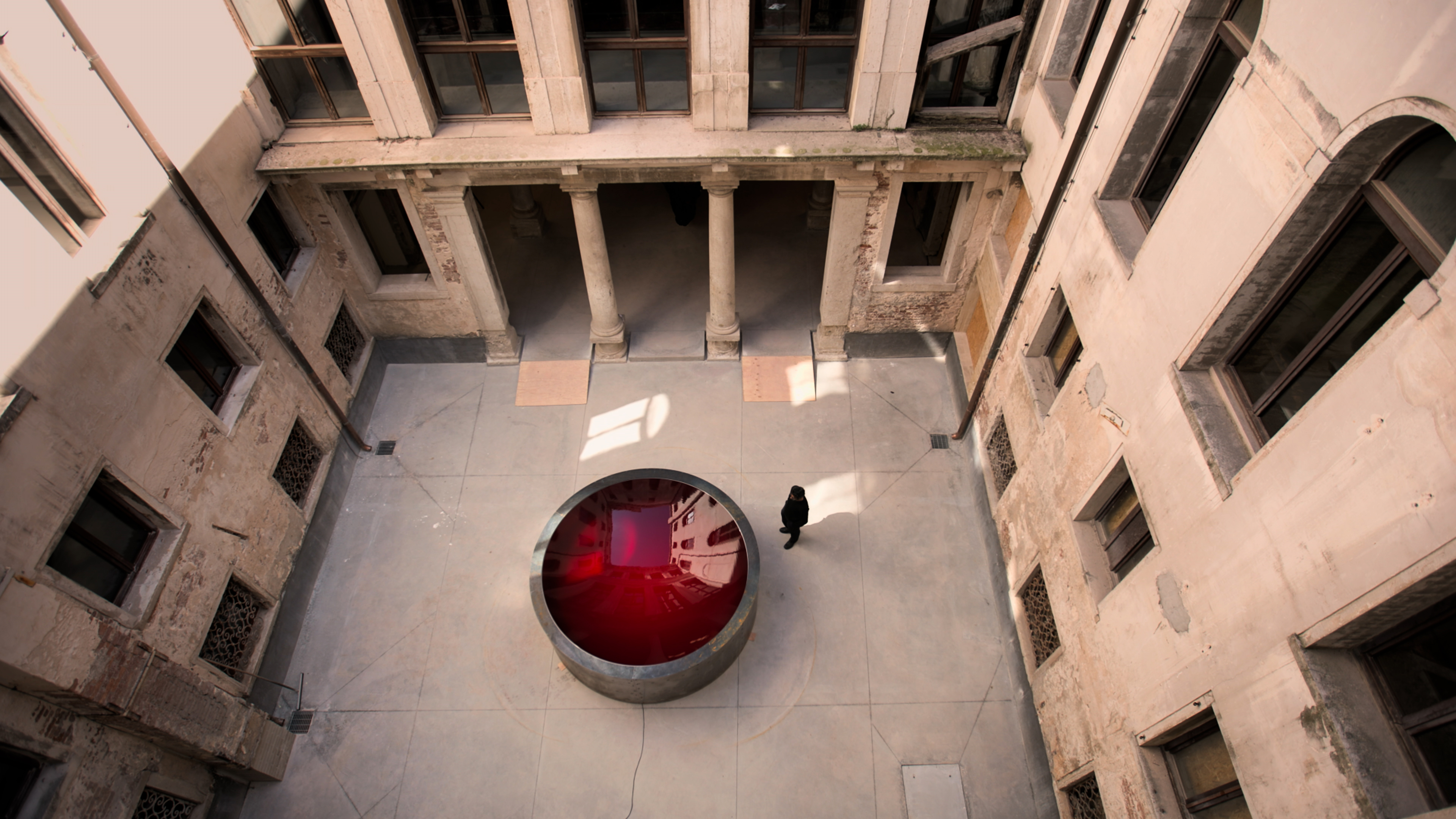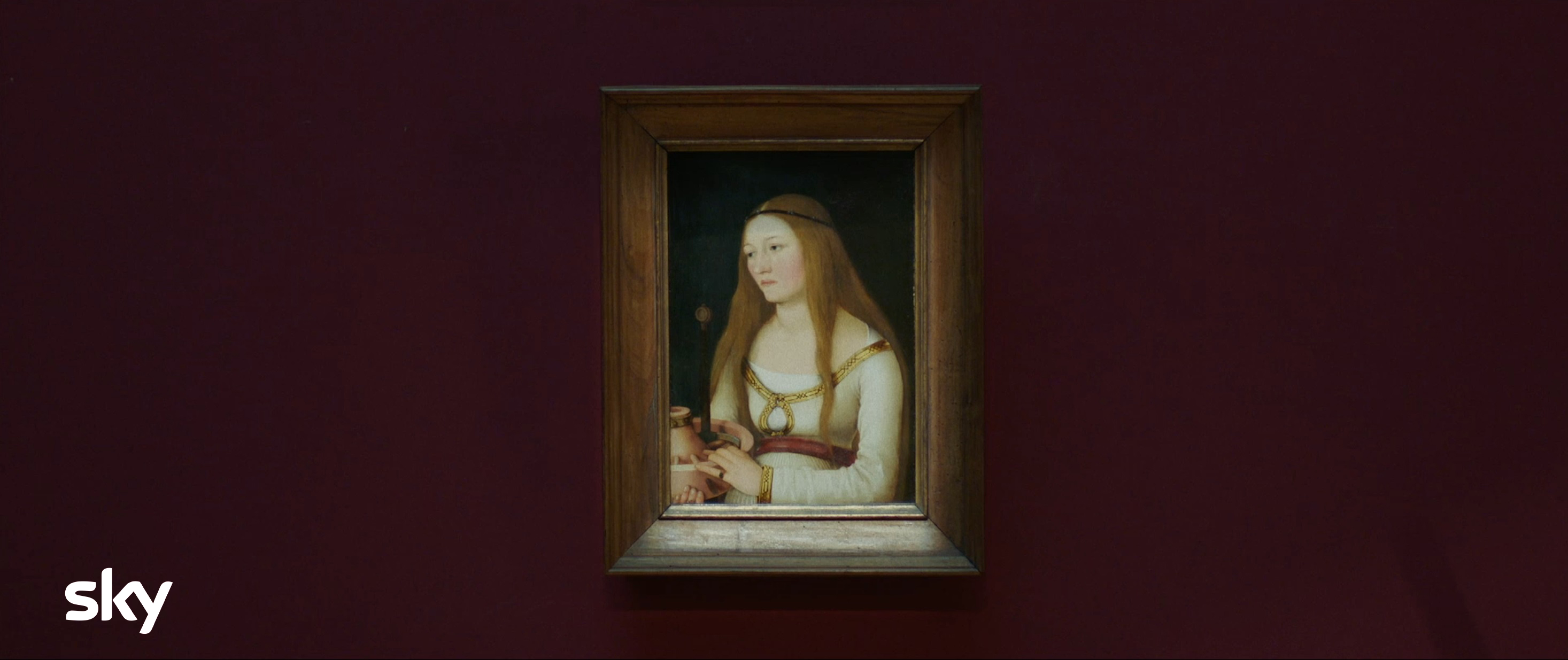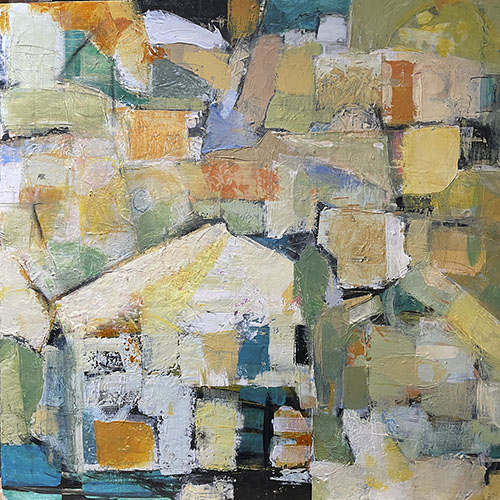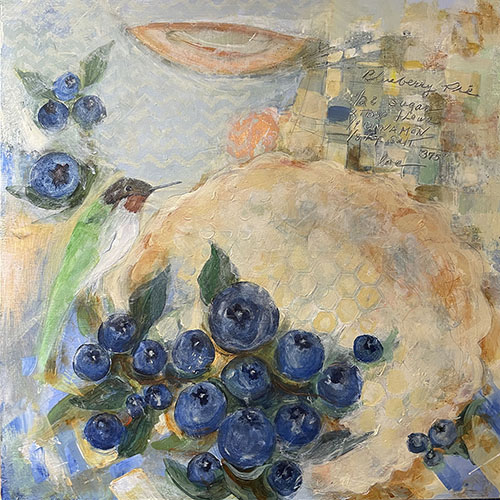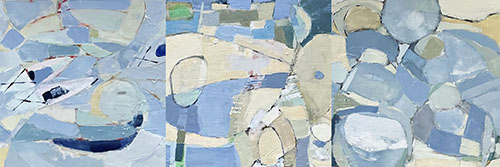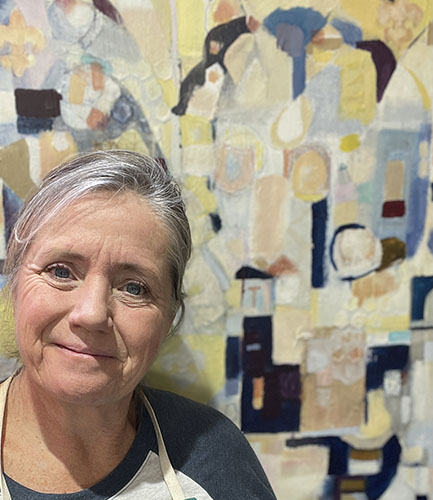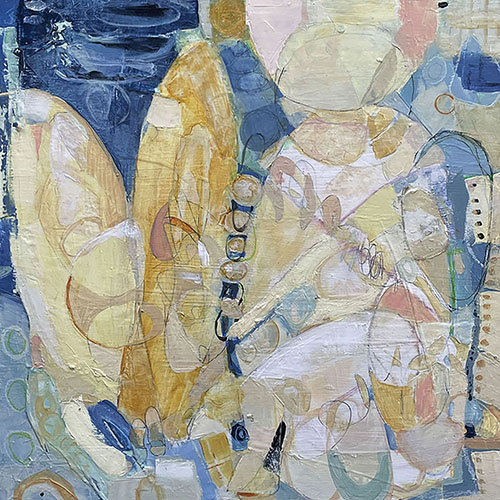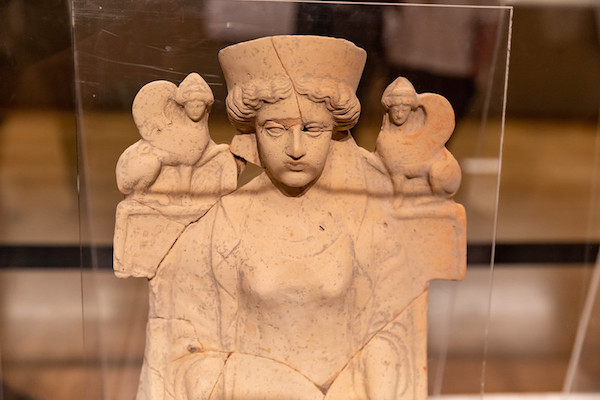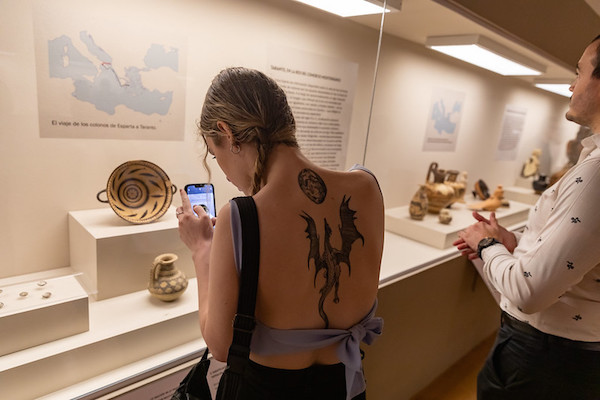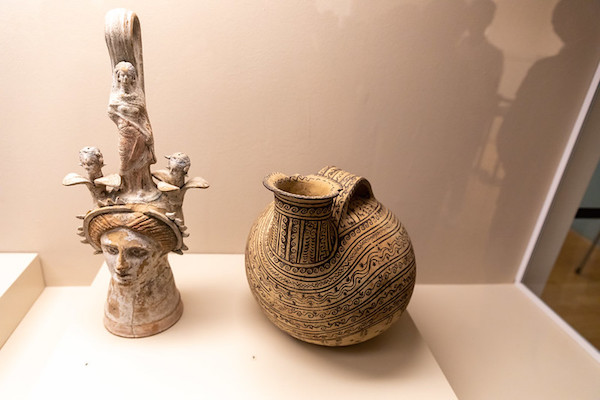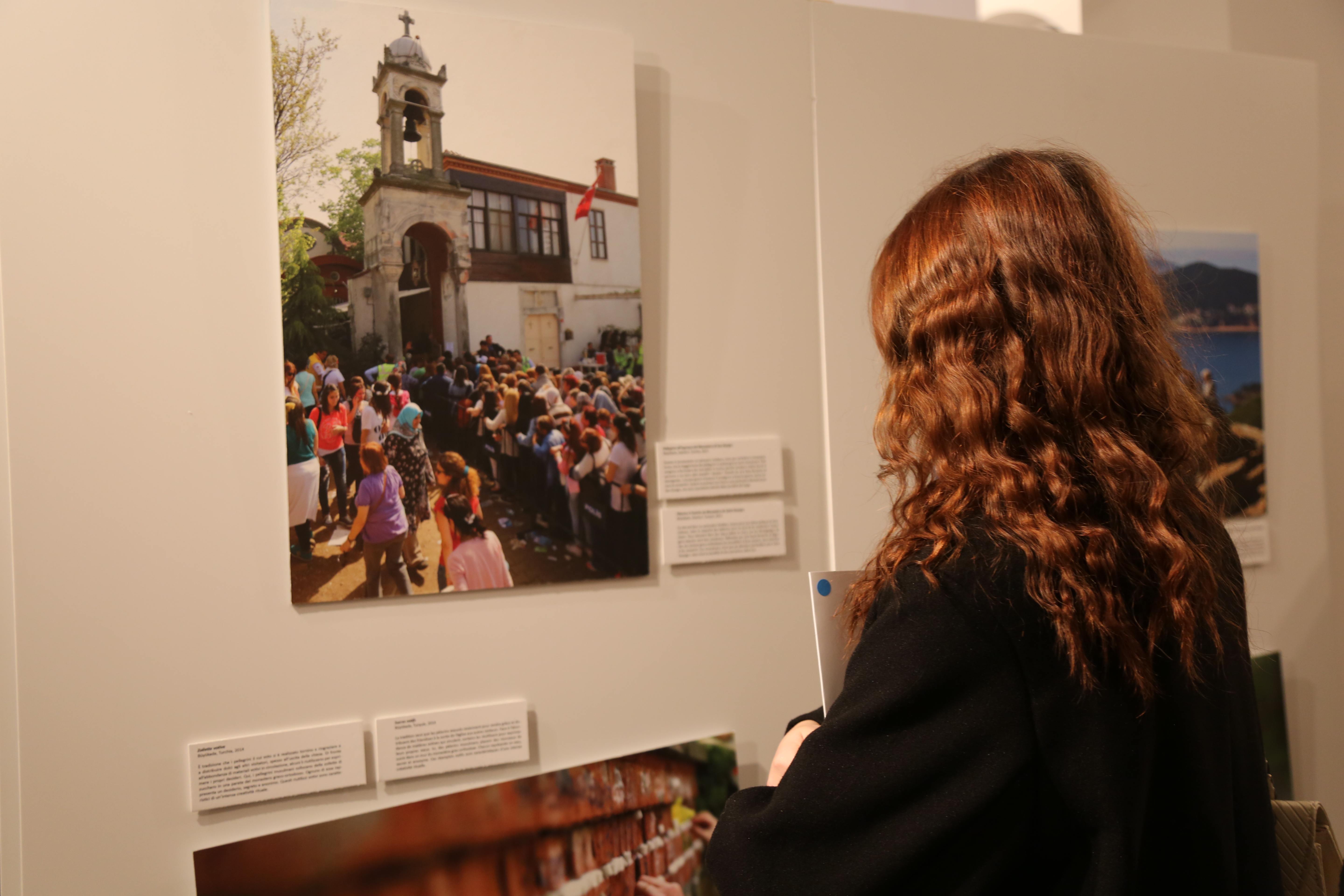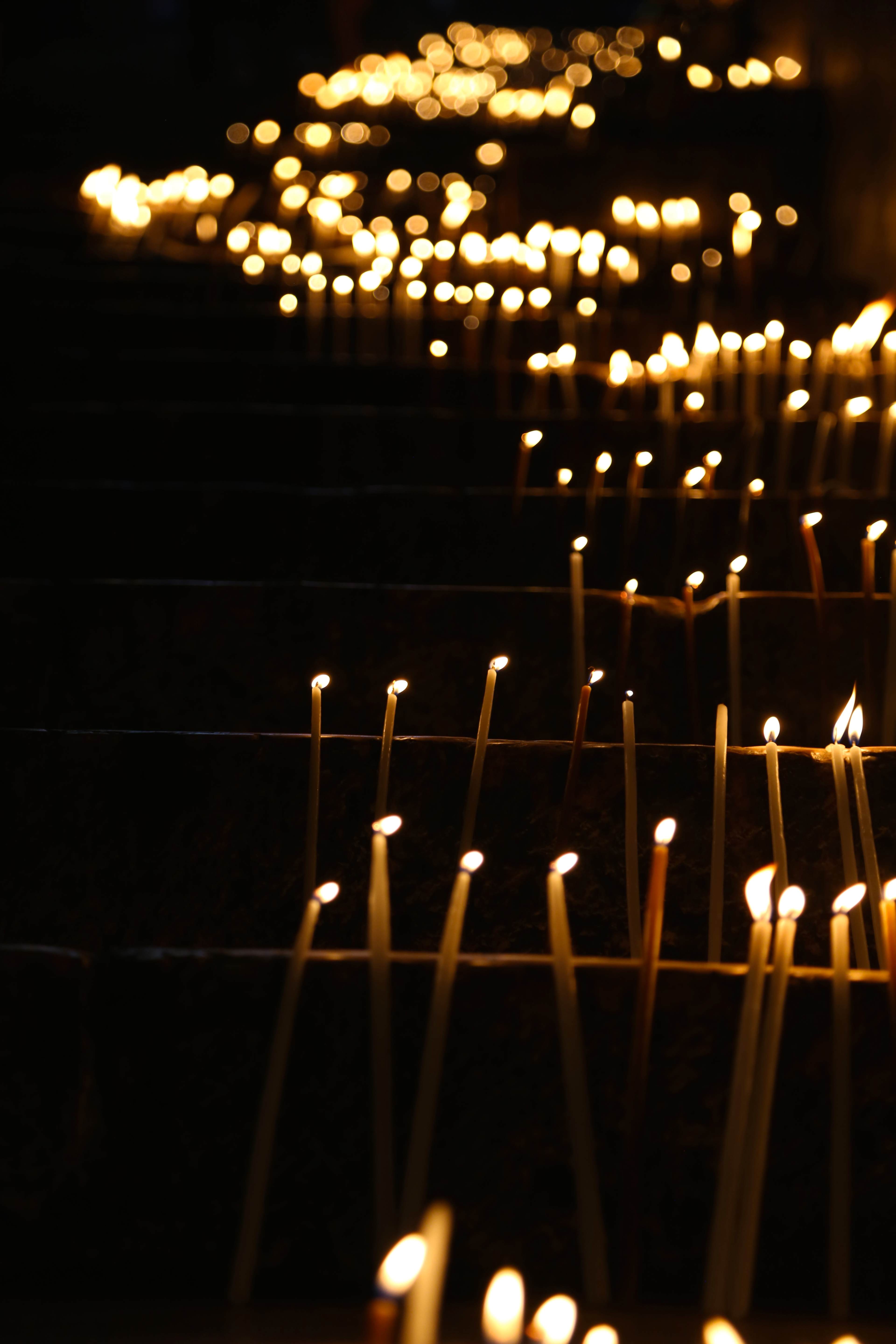La pittrice ad olio Claire Vines presenta una selezione di opere d’arte che riflettono l’esperienza di vita e la cultura. Trova più del suo portfolio su di lei sito web.
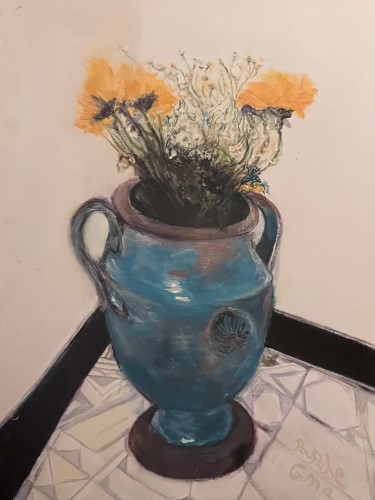
“Fiori” olio su tela, 12×16
Sono nato a Nizza, in Francia. Da bambino, quando sono immigrato negli Stati Uniti, non potevo parlare la lingua inglese, solo il francese. È stato allora che ho scoperto la mia passione per l’espressione del mio mondo emotivo interiore attraverso la creatività artistica, un modo per compensare la barriera linguistica che mi impediva di esprimere le mie emozioni con le parole.
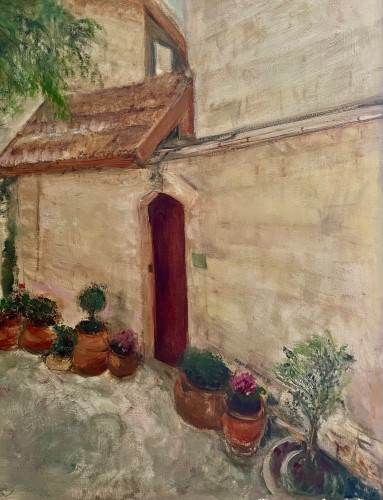
“Casa” dipinto ad olio su tela, 20″ x 24″
Sebbene fossi scoraggiato dal perseguire la mia passione e le mie intuizioni artistiche, ho comunque continuato a disegnare e dipingere in privato.
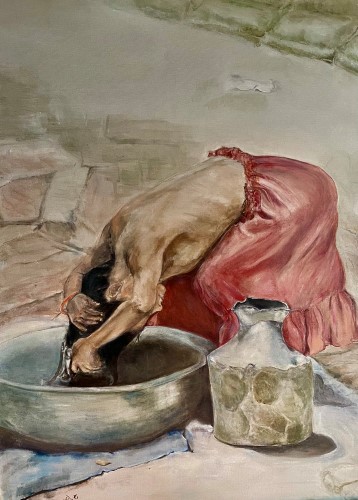
“Ragazza che si lava i capelli” olio su tela, 30″ x 40″
All’età di 16 anni, lo stesso giorno in cui completai il mio primo dipinto ad olio su tela, partorii mio figlio. L’ho cresciuto, ho lavorato e ho studiato. Ho conseguito un dottorato in psicologia clinica e ho sviluppato uno studio indipendente specializzato in traumi e guarigione emotiva. Soprattutto, non ho mai smesso di dipingere.
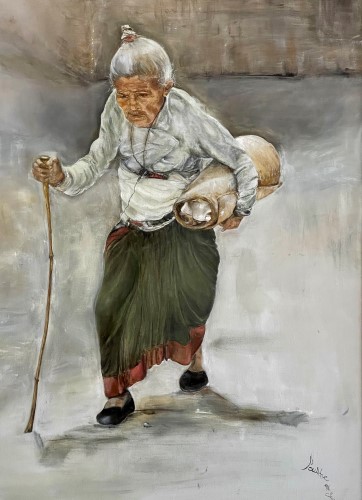
“Vecchia donna in modalità sopravvivenza” olio su tela, 36″ x 24″
Collegando la mia passione artistica con la mia professione, continuo a sviluppare il mio interesse per l’Arte della Psicologia e la Psicologia dell’Arte, dove esploro la mia passione per le emozioni umane attraverso l’esteriorizzazione dell’espressione creativa in un modo sempre più profondo.
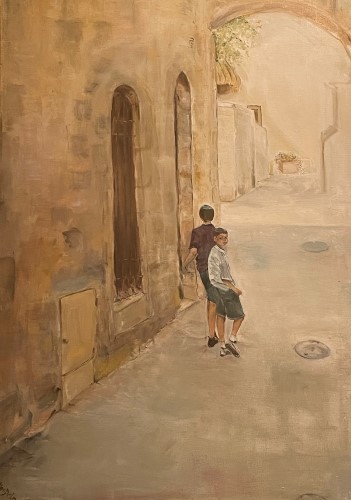
“Tradizione dello Shabbat” olio su tela, 24″ x 36″
Credo che l’espressione artistica sia una forma di conversazione visiva tra se stessi, rivelando la propria emozione interiore nel processo. Essere consapevoli di questo può migliorare il benessere di un individuo a qualsiasi età.
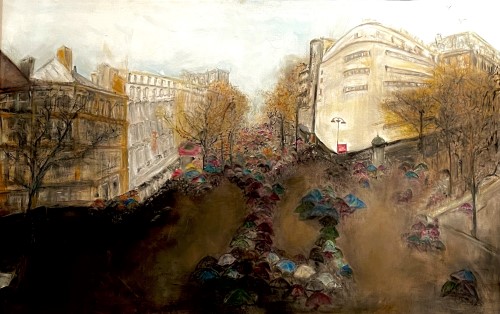
“Barcellona” olio su tela, 48″ x 30″
Durante i miei viaggi di vita ho imparato che l’espressione artistica è sia centrata sulla persona che multiculturale. Questa consapevolezza porta alla diversità culturale artistica, un dono universale per tutte le persone da abbracciare e celebrare.
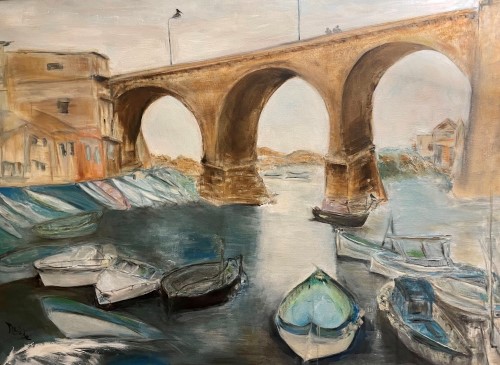
“Marsiglia” olio su tela, 40″ x 30″
Gran parte delle mie opere rappresenta il viaggio della mia vita. Ad esempio, il mio dipinto “Marsiglia” raffigura il luogo in cui ho trascorso gran parte della mia infanzia. Allo stesso modo, i dipinti che presentano immagini religiose sono riflessi dei background culturali e religiosi che hanno plasmato in modo significativo chi sono.
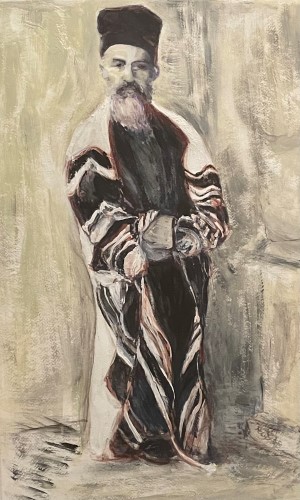
Acrilico “Tradizione”, 16″ x 24″
Il mio obiettivo è dipingere un aspetto di chi sono in ogni opera che creo, fungendo da manifestazione vivente dell’iconica citazione di Picasso, “Tutta l’arte è un autoritratto”. Sono parole che ispirano e guidano le mie espressioni artistiche fino ad oggi.
Claire Vines ti invita a seguirla Facebook, Instagram e Cinguettio.
Vuoi rimanere aggiornato sugli articoli economici all’avanguardia di Artsy Shark, oltre alle caratteristiche degli artisti e un invito alla prossima Call for Artists? Fai clic di seguito per iscriverti alla nostra e-mail semestrale. Avrai tutto questo più opportunità e offerte speciali che non puoi trovare da nessun’altra parte!



